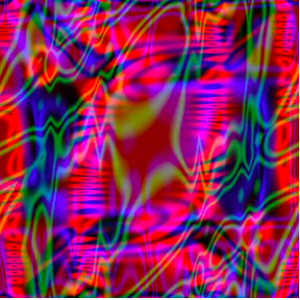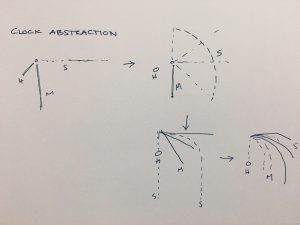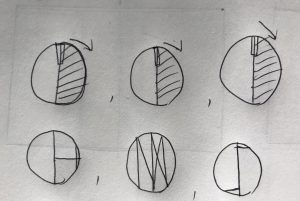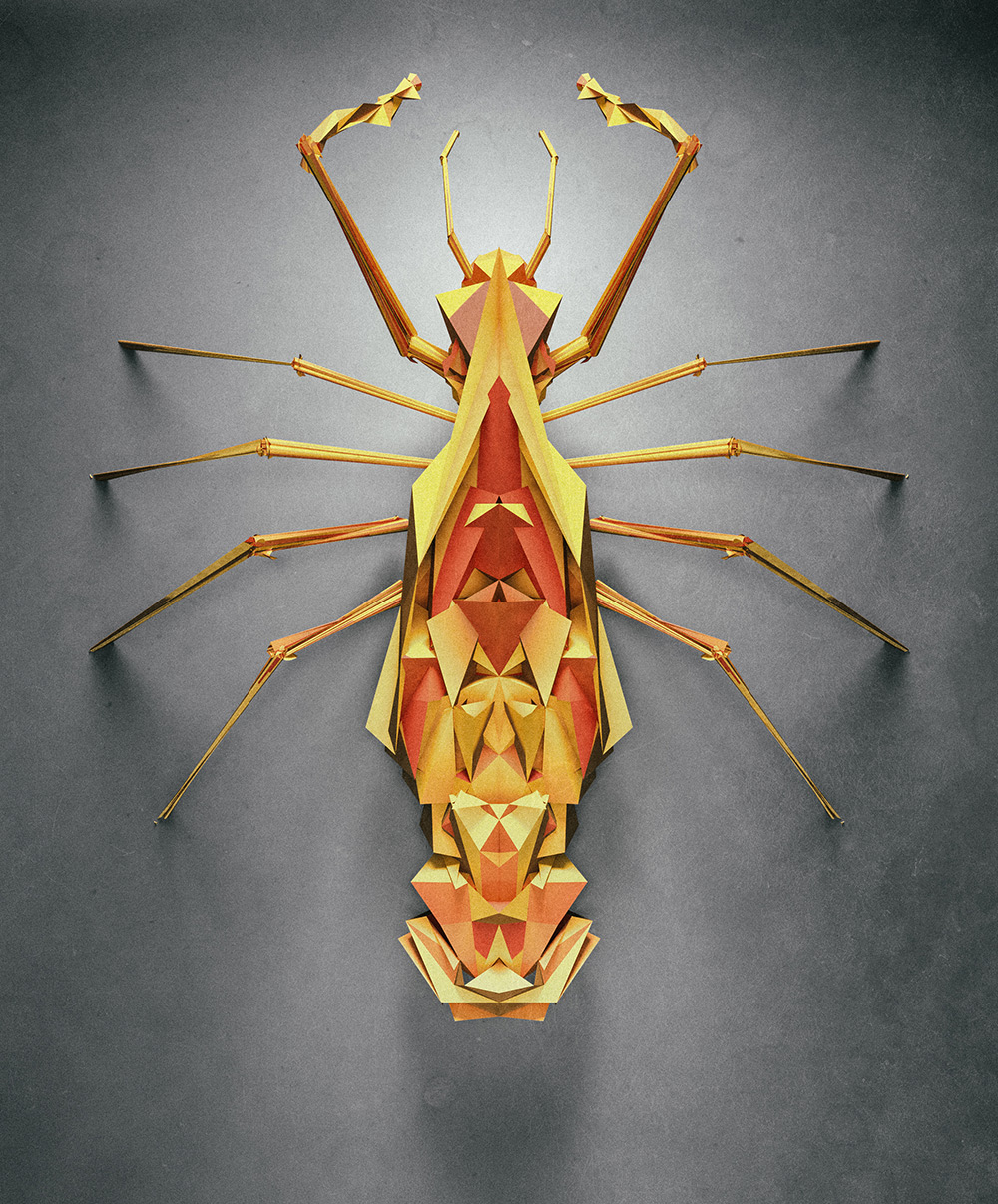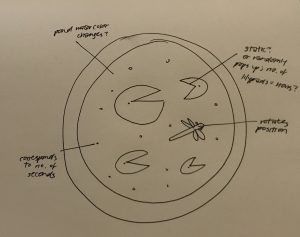
https://collections.vam.ac.uk/item/O1193775/interruptions-drawing-molnar-vera/
Interruptions (1968) by Vera Molnar is a series of drawings of computer graphics generated by Molnar, herself. Molnar introduced randomness into her practice when she began to use computers because she realized humans could not produce pure randomness without it looking repetitive. From what I’ve gathered through research, Interruptions was made using an iterative process. With each new work, she modified her algorithm to build upon the last, exploring a range of possibilities. This implies that her earliest images in the series can be defined as the most random. As she continued to alter her code, adding new structures, her algorithm generated images more specific to what she desired. Molnar’s meticulousness is apparent upon viewing her work: Viewers can see that Molnar used a grid to structure the placement of a line. There is obviously a set of rules that predetermine how the lines shift. I admire the generative process that Molnar placed her code under. Her use of programming to explore ranges of possibilities is an interesting use of computers. She understood the limitations of humans, and thereby employed computers to do the work for her. She was a pioneer and Interruptions is a manifestation of her ability to think outside of the box.
![[OLD FALL 2018] 15-104 • Introduction to Computing for Creative Practice](../../../../wp-content/uploads/2020/08/stop-banner.png)
